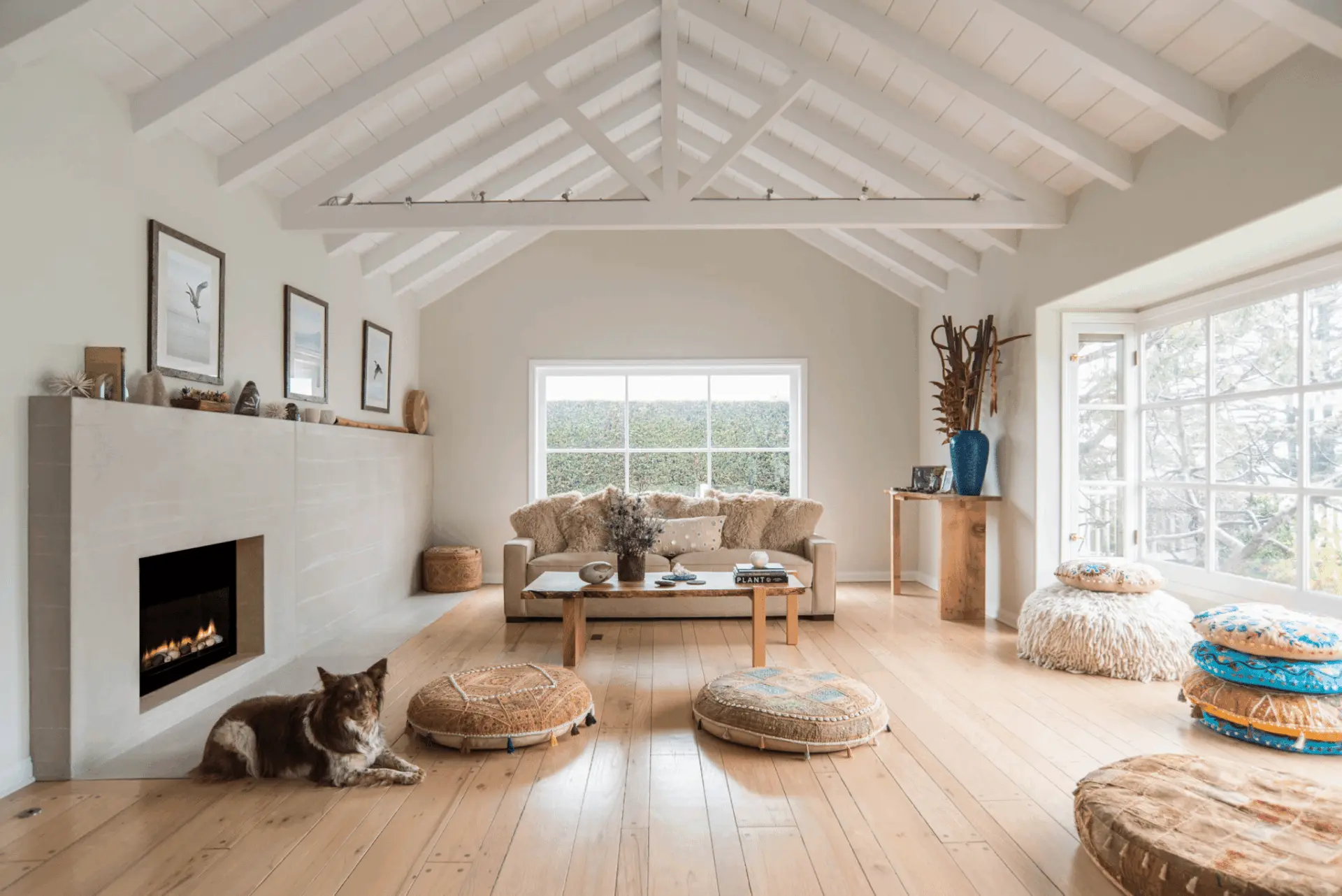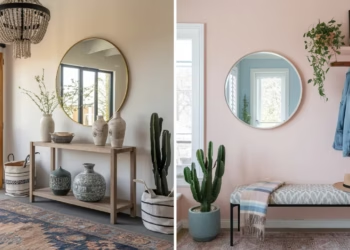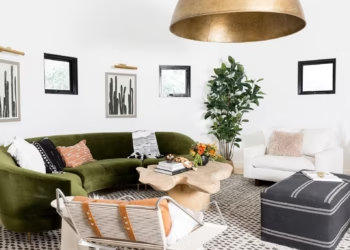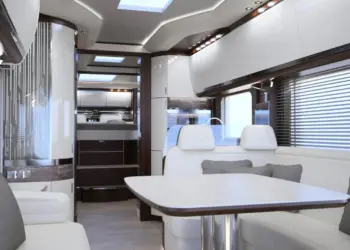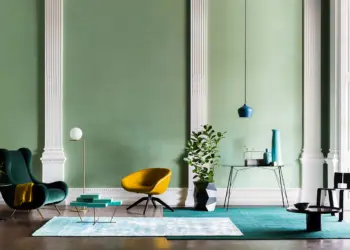Interior design is a captivating blend of artistic expression and practical functionality, intertwining creativity with purpose to craft stunning living spaces that resonate with our unique sensibilities. Whether you’re an aspiring designer or a homeowner looking to revamp your living environment, comprehending the fundamental interior design terms is crucial for conceptualizing and executing a visually appealing and well-coordinated design scheme.
In this comprehensive guide, we delve into the essential interior design terms, exploring the diverse elements, colors, textures, and styles that form the foundation of the enchanting world of interior design. Let’s embark on an illuminating journey through the intricacies and nuances of interior design terminology to empower you with the knowledge and insights necessary to elevate your design endeavors.
Interior Design Terms
Interior design encompasses an array of intricate concepts and principles that contribute to the creation of aesthetically pleasing and functional living spaces. By acquainting ourselves with the key terminology and foundational elements of interior design, we can foster a deeper understanding of the principles that govern the art of designing interiors.
Understanding Key Concepts
Colors and textures play a pivotal role in defining the ambiance and character of a space, while the elements of design form the building blocks that shape the overall composition and layout of a room. Let’s delve into the intricacies of these key concepts to grasp their significance in the realm of interior design.
Colors and Textures
Colors and textures are vital components that infuse life and character into any interior design scheme. Understanding the properties and interplay of colors, as well as the impact of textures and patterns, can help create visually compelling and engaging spaces that evoke a myriad of emotions and sensations.
Primary Colors: interior design terms
In interior design, primary colors serve as the fundamental building blocks for creating various color palettes and schemes. Understanding the distinct characteristics and psychological effects of primary colors allows designers to establish a cohesive and visually appealing color scheme that resonates with the intended atmosphere and mood of a space.
Complementary Colors: interior design terms
Complementary colors, with their contrasting yet harmonious nature, offer an excellent way to create dynamic and visually striking interiors. By leveraging the power of complementary colors, designers can evoke a sense of balance and vibrancy within a space, fostering a visually appealing and engaging environment.
Textures and patterns: interior design terms
Textures and patterns add depth and visual interest to interior spaces, contributing to the overall tactile and visual experience within a room. By incorporating a diverse range of textures and patterns, designers can create rich and multi-dimensional environments that exude warmth, comfort, and sophistication.
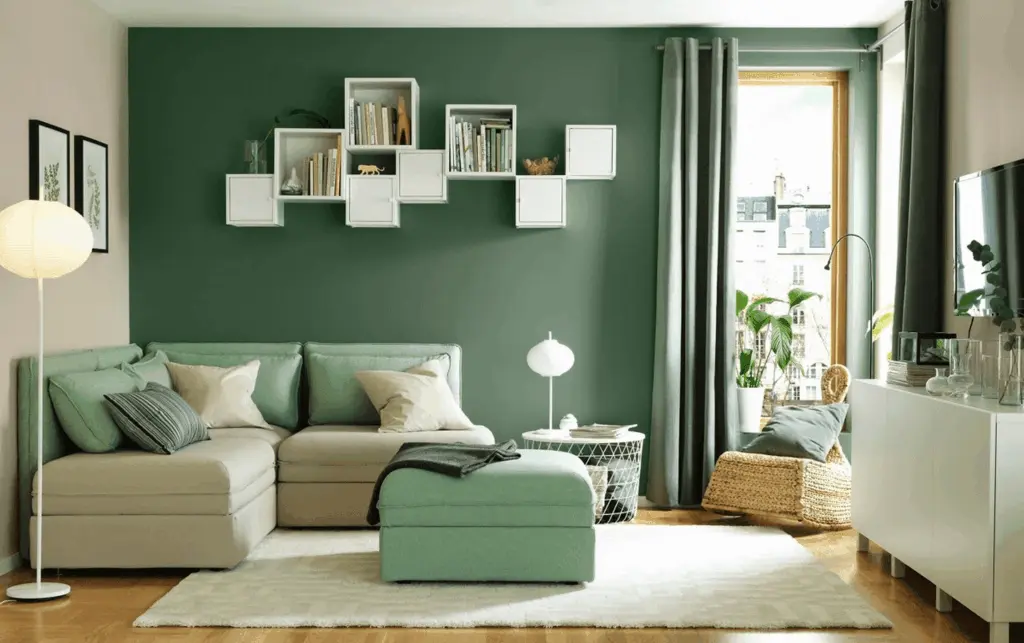
Elements of Design
The elements of design serve as the fundamental principles that guide the arrangement and composition of various design elements within a space. By comprehending the core elements of design, designers can craft visually appealing and well-balanced interiors that reflect their intended style and aesthetic sensibilities.
Line: interior design terms
Lines play a crucial role in delineating and defining the structure and layout of a space. By leveraging the different types of lines, such as horizontal, vertical, and diagonal, designers can establish a sense of balance and proportion within a room, creating visually appealing and well-organized interiors.
Shape: interior design terms
Shapes, whether geometric or organic, contribute to the overall visual composition and spatial arrangement within a room. By incorporating various shapes, designers can create a cohesive and well-defined design scheme that reflects the intended style and theme of the space, fostering a harmonious and visually engaging environment.
Space: interior design terms
Space is a fundamental element that influences the overall functionality and flow of a room. By understanding the principles of positive and negative space, designers can optimize the layout and arrangement of furniture and decor, creating a well-balanced and inviting living environment that maximizes both form and function.
Form: interior design terms
Forms, whether two-dimensional or three-dimensional, contribute to the overall visual appeal and aesthetic expression within a space. By incorporating diverse forms and silhouettes, designers can create visually captivating and dynamic interiors that evoke a sense of depth, dimension, and character, fostering a unique and captivating living environment.
Light: interior design terms
Light serves as a transformative element that influences the mood, ambiance, and visual perception within a space. By harnessing natural and artificial light sources, designers can create captivating and well-lit interiors that optimize the visual appeal and functionality of a room, fostering a warm and inviting living environment that exudes comfort and tranquility.

Styles and Themes
Interior design encompasses an array of diverse styles and themes, each reflecting unique design philosophies and aesthetic sensibilities. By exploring the distinct characteristics and elements of various design styles, designers can curate captivating and well-coordinated living spaces that resonate with their personal style and preference.
Modern
Modern interior design emphasizes sleek and minimalist aesthetics, incorporating clean lines, simple forms, and a neutral color palette to create visually appealing and uncluttered living environments. By embracing the principles of modern design, designers can craft contemporary and sophisticated interiors that exude a sense of elegance and refinement, fostering a sleek and stylish living environment that embodies simplicity and sophistication.

Traditional
Traditional interior design embraces classic and timeless design elements, incorporating ornate detailing, rich textures, and a warm color palette to create inviting and elegant living spaces. By infusing traditional design elements, designers can evoke a sense of charm and sophistication within a room, fostering a welcoming and nostalgic living environment that exudes comfort and familiarity.

Contemporary
Contemporary interior design embodies a blend of modern and traditional design elements, fostering a harmonious fusion of sleek aesthetics and classic charm. By incorporating contemporary design elements, such as clean lines, minimalistic decor, and a neutral color palette, designers can create versatile and well-balanced living spaces that exude a sense of modern sophistication and timeless elegance, fostering a captivating and inviting living environment that resonates with contemporary sensibilities.

Minimalist
Minimalist interior design emphasizes simplicity and functionality, advocating for a clutter-free and streamlined living environment. By incorporating minimalist design principles, such as clean lines, functional furniture, and a monochromatic color scheme, designers can create spacious and well-organized interiors that exude a sense of tranquility and balance, fostering a serene and uncluttered living environment that embodies simplicity and sophistication.

Implementing Interior Design Terms
Implementing interior design terms involves applying the fundamental concepts and principles of interior design to curate visually appealing and well-coordinated living spaces. By embracing practical application and personal style, designers can create captivating and inviting interiors that reflect their unique sensibilities and preferences.
Practical Application
Practical application entails leveraging the principles of interior design to optimize the functionality and layout of a space. By implementing strategic design solutions and space planning techniques, designers can create well-organized and efficient living environments that maximize both form and function, fostering a practical and user-friendly living environment that accommodates the diverse needs and preferences of its occupants.
Incorporating Personal Style
Incorporating personal style involves infusing elements of individuality and creativity into the overall design scheme of a space. By integrating personalized decor, statement pieces, and cherished mementos, designers can create unique and inviting interiors that reflect their distinct sense of style and aesthetic sensibilities, fostering a warm and inviting living environment that resonates with their personal narrative and journey.
Creating a Cohesive Design
Creating a cohesive design entails establishing a well-balanced and visually appealing composition that unifies the various design elements within a space. By harmonizing colors, textures, and decor, designers can create captivating and well-coordinated interiors that exude a sense of harmony and balance, fostering a welcoming and inviting living environment that embodies elegance and refinement.

In conclusion, interior design is a captivating blend of creativity and functionality, offering a myriad of opportunities to craft stunning and well-coordinated living spaces that reflect our unique sensibilities and preferences. By embracing the fundamental principles and terminology of interior design, designers can curate captivating and inviting interiors that foster a sense of comfort, tranquility, and well-being within the confines of any living environment. Let’s embark on an inspiring and illuminating journey through the enchanting world of interior design to unlock the transformative power of design and creativity in shaping the spaces we call home.
FAQs
What are some common color schemes used in interior design?
Some common color schemes used in interior design include monochromatic, analogous, complementary, and triadic color schemes, each offering a unique approach to creating visually appealing and well-coordinated living spaces.
What are the 5 concepts of interior design?
The 5 concepts of interior design are space, line, form, light, and texture.
How can I incorporate natural light into my interior design scheme?
You can incorporate natural light into your interior design scheme by strategically placing mirrors, choosing light-colored curtains, and utilizing sheer fabrics to maximize the entry of natural light into your living space, fostering a bright and well-lit ambiance that exudes warmth and comfort.
What are some key elements to consider when designing a minimalist living room?
When designing a minimalist living room, consider incorporating clean lines, functional furniture, and a monochromatic color palette to create a spacious and uncluttered living environment that embodies simplicity and sophistication.
What are keywords in interior design?
Keywords in interior design include balance, harmony, rhythm, emphasis, and proportion.
How can I infuse warmth and coziness into a modern interior design scheme?
You can infuse warmth and coziness into a modern interior design scheme by incorporating soft textures, warm accent colors, and cozy furnishings to create a welcoming and inviting living environment that exudes comfort and tranquility.
What are some creative ways to optimize space in a small bedroom?
Some creative ways to optimize space in a small bedroom include utilizing multifunctional furniture, incorporating wall-mounted shelves, and leveraging under-bed storage solutions to maximize the available space and create a well-organized and efficient living environment.
What are the 7 concepts of interior design?
The 7 concepts of interior design encompass space, line, form, light, color, texture, and pattern.
Can a room have 3 colors?
Yes, a room can have three colors. Using a combination of three colors can create a balanced and visually appealing color scheme.
What are the 8 interior design elements?
The 8 interior design elements consist of space, line, form, light, color, texture, pattern, and scale.
